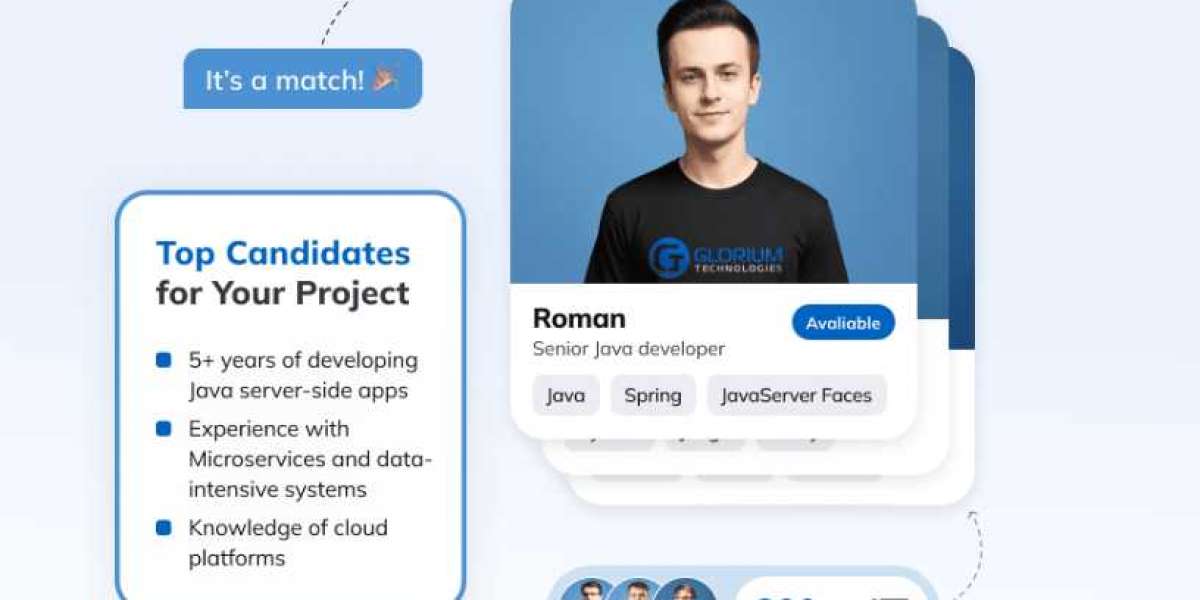A well-structured job description not only helps you attract the right candidates but also sets clear expectations and communicates your company's values effectively. This article will delve into the essential elements of structuring an effective job description for Java developers, ensuring that you can appeal to and recruit the best talent in the industry.
1. Understanding Your Needs
Before drafting a job description, it's essential to have a clear understanding of what you're looking for in a Java developer. This involves:
Defining the Role: Determine the specific responsibilities, required skills, and level of experience necessary for the role. Are you looking for a junior developer, a senior developer, or someone with specialized skills?
Identifying Key Responsibilities: Outline the primary tasks and projects the developer will be working on. This could include software development, code reviews, debugging, or working on specific applications.
Clarifying Required Skills: List the technical skills, programming languages, frameworks, and tools that are crucial for the role. For Java developers, this typically includes proficiency in Java, knowledge of Spring or Hibernate, and experience with databases.
2. Crafting a Compelling Job Title
The job title is the first thing potential candidates see, so it should be clear, concise, and reflective of the role. A well-chosen title helps attract the right candidates and ensures that your job listing appears in relevant searches.
Be Specific: Use titles like "Senior Java Developer," "Java Software Engineer," or "Java Backend Developer" to accurately reflect the role’s level and focus.
Include Keywords: Incorporate relevant keywords that candidates might use when searching for jobs, such as "Java," "Spring Boot," or "Microservices."
3. Writing an Engaging Job Summary
The job summary is a brief overview of the role and should entice candidates to read further. It should:
Highlight Key Points: Summarize the main responsibilities, the impact of the role, and the benefits of working with your company.
Showcase Company Culture: Briefly describe your company’s mission, values, and what sets you apart from other employers.
4. Detailing Key Responsibilities
This section should provide a clear picture of what the candidate will be doing on a day-to-day basis. Include:
Primary Duties: List the core responsibilities, such as developing new features, maintaining existing code, or collaborating with cross-functional teams.
Project Examples: If possible, mention specific projects or types of work the developer will be involved in.
Impact: Describe how the role contributes to the company’s goals or projects.
5. Specifying Required Skills and Qualifications
Clearly outline the skills and qualifications necessary for the role. This section should include:
Technical Skills: List programming languages, frameworks, tools, and technologies required for the role, such as Java, Spring, Hibernate, SQL, and Git.
Experience Level: Specify the amount of experience needed, such as “3-5 years of experience in Java development” or “proven experience with Spring Boot and RESTful APIs.”
Education and Certifications: Include any relevant educational background or certifications, such as a degree in Computer Science or certification in Java development.
6. Highlighting Preferred Skills
In addition to the required skills, mention any preferred skills or qualifications that could give candidates an edge. This might include:
Additional Technologies: Familiarity with other languages or frameworks, such as Python or Angular.
Soft Skills: Communication, teamwork, problem-solving, and leadership skills.
Certifications: Additional certifications or training that could be beneficial, such as AWS or Docker certifications.
7. Describing the Work Environment and Culture
Candidates are not only interested in the role but also in the company culture and work environment. Include:
Company Overview: Provide a brief description of your company, its mission, values, and work culture.
Team Dynamics: Describe the team the developer will be working with, including team size, structure, and collaboration style.
Work Environment: Mention aspects of the work environment, such as remote work options, flexible hours, or office amenities.
8. Offering Competitive Compensation and Benefits
Attractive compensation and benefits can make your job listing stand out. Include:
Salary Range: Provide a salary range or state that compensation is competitive and commensurate with experience.
Benefits: List the benefits your company offers, such as health insurance, retirement plans, paid time off, and professional development opportunities.
Perks: Highlight any additional perks, such as work-from-home options, wellness programs, or company-sponsored events.
9. Providing Clear Application Instructions
Make it easy for candidates to apply by providing clear instructions. Include:
Application Process: Outline the steps for applying, such as submitting a resume, cover letter, and portfolio.
Contact Information: Provide contact details for candidates to reach out with questions or follow-ups.
Deadline: If applicable, include the application deadline or indicate that applications will be reviewed on a rolling basis.
10. Using Inclusive Language
To attract a diverse pool of candidates, use inclusive language in your job description. Avoid jargon and gender-specific terms, and focus on the skills and qualifications necessary for the role.
11. Optimizing for SEO
To ensure your job listing reaches a wide audience, optimize it for search engines. Include relevant keywords throughout the job description, such as “Java Developer,” “Spring Framework,” and “software engineering.” This will help your listing appear in relevant job searches and attract candidates who are actively looking for roles in Java development.
12. Reviewing and Revising
Before publishing your job description, review it thoroughly to ensure clarity and accuracy. Consider:
Feedback: Get input from team members or colleagues to ensure the description is comprehensive and appealing.
Proofreading: Check for spelling and grammar errors to maintain professionalism.
Updates: Regularly update job descriptions to reflect any changes in responsibilities or requirements.
Conclusion
Structuring an effective job description is a critical step in attracting hire java developer. By understanding your needs, crafting a compelling title and summary, detailing responsibilities and qualifications, and showcasing your company’s culture and benefits, you can create a job description that not only draws in top talent but also sets the stage for successful recruitment. With a well-structured job description, you’ll be better equipped to find the right Java developers who can contribute to your company’s success and growth.








